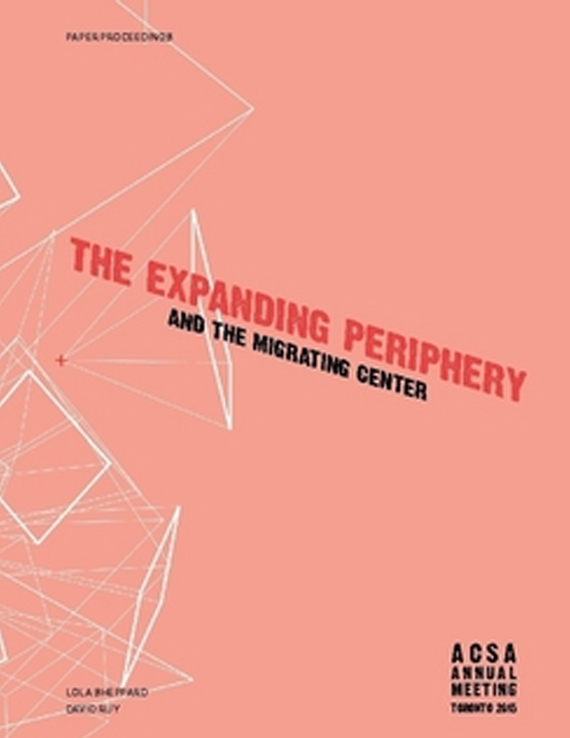Author(s): Bess Krietemeyer
Emerging micro- to nano-material innovations for improved building envelope performance are radically shifting the possible design outputs for architecture – both in terms of environmental performance and for design aesthetics and user experience. They are also driving the need for designers to develop computational tools for envisioning their architectural implications, and consequently, for designing their engineered behaviors. The result is a co-design process that not only causes our disciplinary center to migrate to unfamiliar territories, but also invites the migration of other disciplinary centers into our world. In effect, a remarkable malleability and responsiveness of new materials will enable building envelopes to effortlessly capitalize on local environmental flows while offering a tremendous range of architectural outcomes that are subject to the desires of designers and the people who will occupy these spaces. Until this point, there haven’t been building envelope technologies that have provoked the engagement of occupants to the degree that they offer now. Never before have we had materials that can respond simultaneously to environmental inputs and interact so subtly or explicitly to the preferences, moods, and individual expressions of their inhabitants. These developments are clearly on the “outsider” side of the schism, using architecture as an active tool for environmental and socio-political change. However, these materials also have the ability to satisfy certain architectural formal ideologies while still contending with outside forces. The environment schism isn’t something to be resolved, but rather new architectural materials and technologies offer a both/and condition, where energy and aesthetics are informing each other, unable to be separated. The result is a diversified experience that is at once sustainable and empowering.
Volume Editors
David Ruy & Lola Sheppard
ISBN
978-0-935502-95-4

 Study Architecture
Study Architecture  ProPEL
ProPEL 
